Key Takeaways:
- CNC turning centers are essential for precision machining, offering high accuracy and efficiency in producing cylindrical parts.
- Understanding the components, operation, and capabilities of CNC turning centers is crucial for optimizing their use in manufacturing.
- Proper maintenance and programming are key to maximizing the performance and longevity of CNC turning equipment.
*Updated February 3, 2021
CNC turning centers and lathes may seem identical, but they generally refer to slightly different machines. Lathes generally only turn while turning centers can be more advanced. These machines can be capable of facing, threading, knurling, drilling, boring, reaming, and taper turning. Horizontal CNC turning machines are more common, but vertical machines utilize gravity. Between CNC turning, CNC turning centers, the different types of CNC machines, and more, it can be quite confusing. Within this article, we will focus on the basics of CNC turning to give you a strong foundation and answer the most commonly asked questions.
Feel free to skip around this guide if there is a particular question you have:
CNC Turning Basics
What is CNC Turning?
CNC turning is a subtractive manufacturing process in which pieces of material are rotated as a machine tool is fed to the piece, removing material to create a finished piece. It is primarily used to manufacture parts that are cylindrical in nature.
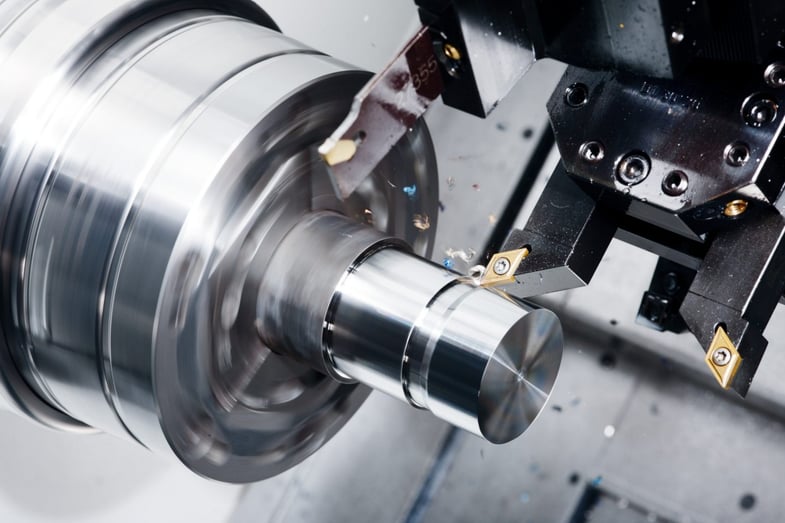
Close up photo of CNC Turning in action. [Source]
What Material can be Machined with a CNC Machine?
There are many, many materials that can be used with CNC turning, as shown in this guide. However the most common are metal alloys like aluminum.
What is a CNC Lathe?
CNC lathe machines, or CNC turning machines are machine tools that rotate a bar of material, allowing the cutting tool to remove material from the bar until the desired product is remaining.
The material itself is secured to, and rotated by, the main spindle, while the cutting tool can be moved along multiple axis. The types of parts created by a CNC lathe are often cylindrical, or symmetrical around an axis.
What are the Parts of a CNC Lathe Machine?
You can break CNC machines down into the following parts, and if you would like to explore them further, this article can help:
- Headstock
- CNC lathe Bed
- Chuck
- Tailstock
- Tailstock Quill
- Footswitch/Pedal
- CNC Control Panel
- Tool turret
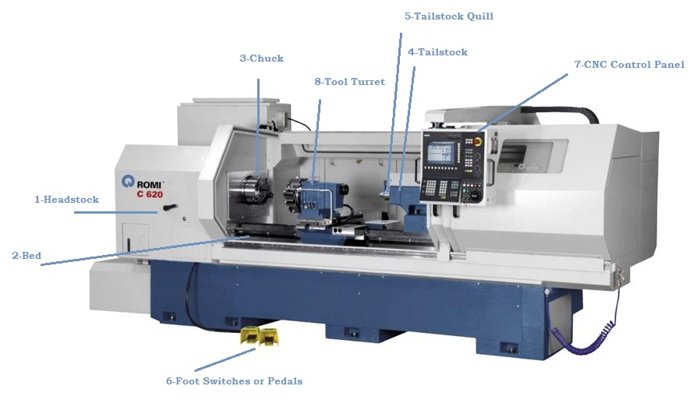
What are the Benefits of CNC Turning?
CNC machining is far better than manual machining for a few specific reasons:
- Accuracy: Programming a CNC to complete a job creates a consistent and accurate cut to ensure product quality. It can be repeated over and over in the exact same manner.
- Cost Effectiveness: The cost of hiring a person to manually machine parts at scale is far more expensive than having a machine do it, as a machine will not tire, does not need lunch breaks, and can, theoretically run 24/7.
- Speed: CNC turning can churn out hundreds and hundreds of parts while retaining a consistent end product.
What is the Difference Between CNC Turning and Milling?
While CNC turning rotates the part for cutting, CNC milling rotates the tool to cut the part.
Going further, CNC turning will typically be used for cylindrical parts, as you rely on the part itself to rotate and create the friction to remove material when the cutting tool is placed against it.
On the other hand, CNC milling can create more complex parts as it is the cutting tool (rather than the material) that is spinning.
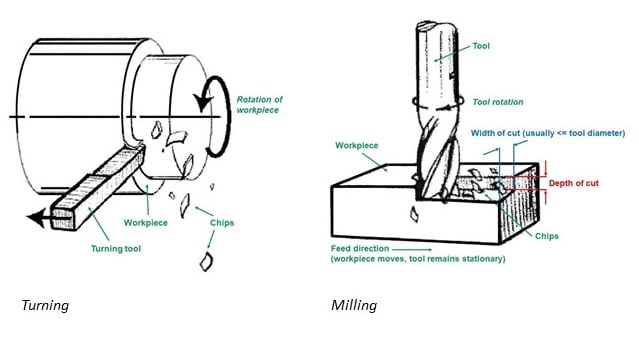 The difference between turning and milling in CNC machining. [Source]
The difference between turning and milling in CNC machining. [Source]
What is the Difference Between NC and CNC Machines?
NC’s are numerically controlled machines, whereas CNC’s are computer numerically controlled machines. Although they both are automatic machines that, in most cases, work on metal parts and are programmed to enable a desired operation, they differ in operation.
Numerical Control (NC) Machines are controlled with punch cards that are fed into the machine, making the programs difficult to modify. Even to make a small change to the program, the tape would have to be removed, modified, and fed back into the machines.
Computer Numerical Control (CNC) Machines have a built in computer to store the programs and modify the program via the control on the machine.
What is the CNC Turning Process?
The CNC turning process involves material being secured to a spindle within a CNC machine, and a cutting tool moving in linear fashion to act upon the material and remove undesired material until he finished component is all that is left.
CNC Turning Center Basics
What is a CNC Turning Center? (Centre)
CNC turning centers are advanced computer numerically controlled machines. They can have 3, 4, or even 5 axes, along with a multitude of cutting capabilities, including milling, drilling, tapping, and ofcourse, turning. Often these machines have an enclosed setup to ensure any cut material, coolant, and components remain within the machine.
What is the Difference Between CNC Turning Centers and CNC lathes?
CNC turning centers are more advanced forms of CNC lathes. Both are machine tools that rotate a bar of material, allowing the cutting tool to remove material from the bar until the desired product is remaining. However, lathes are typically only 2 axis machines and have just one spindle, whereas turning centers can have up to 5 axes and are far more versatile in terms of cutting ability. Furthermore, lathes do not have a protective enclosure around the machine, and simple do not have the high production capabilities of turning centers.
What Are the Types of CNC Turning Centers?
There are two broad categories of CNC turning centers (centres), which include horizontal turning centers and vertical turning centers.
Horizontal turning centers are far more common than their vertical counterparts. And although the machines are nearly the same, vertical CNC turning centers have an advantage when it comes to parts that are heavy and short.
What is the Difference Between a Machining Center and a Turning center?
Whereas a CNC Machining Center performs a rotating spindle operation, a CNC Turning Center performs a turning type operation.
What are the Machine Axes in a CNC Turning Center?
There are up to five axes that a CNC turning center can operate on, though there are some machines that can operate on 6 axes:
- X Axis: Vertical
- Y Axis: Horizontal
- Z Axis: Depth
- A Axis: Rotation Around the X Axis
- B Axis: Rotation Around the Y Axis
- C Axis: Rotation Around the Z Axis
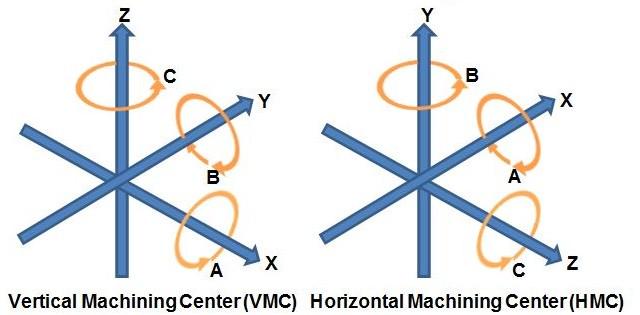
The possible axes that CNC Machines can operate on. [Source]
MachineMetrics CNC Machine Monitoring
Use our plug-and-play solution to get your machines connected in a matter of minutes. Get instant access to machine monitoring and track real-time OEE, quickly identify production bottlenecks, and measure the effects of process improvements.
Want to See the Platform in Action?


.png?width=1960&height=1300&name=01_comp_Downtime-%26-Quality_laptop%20(1).png)





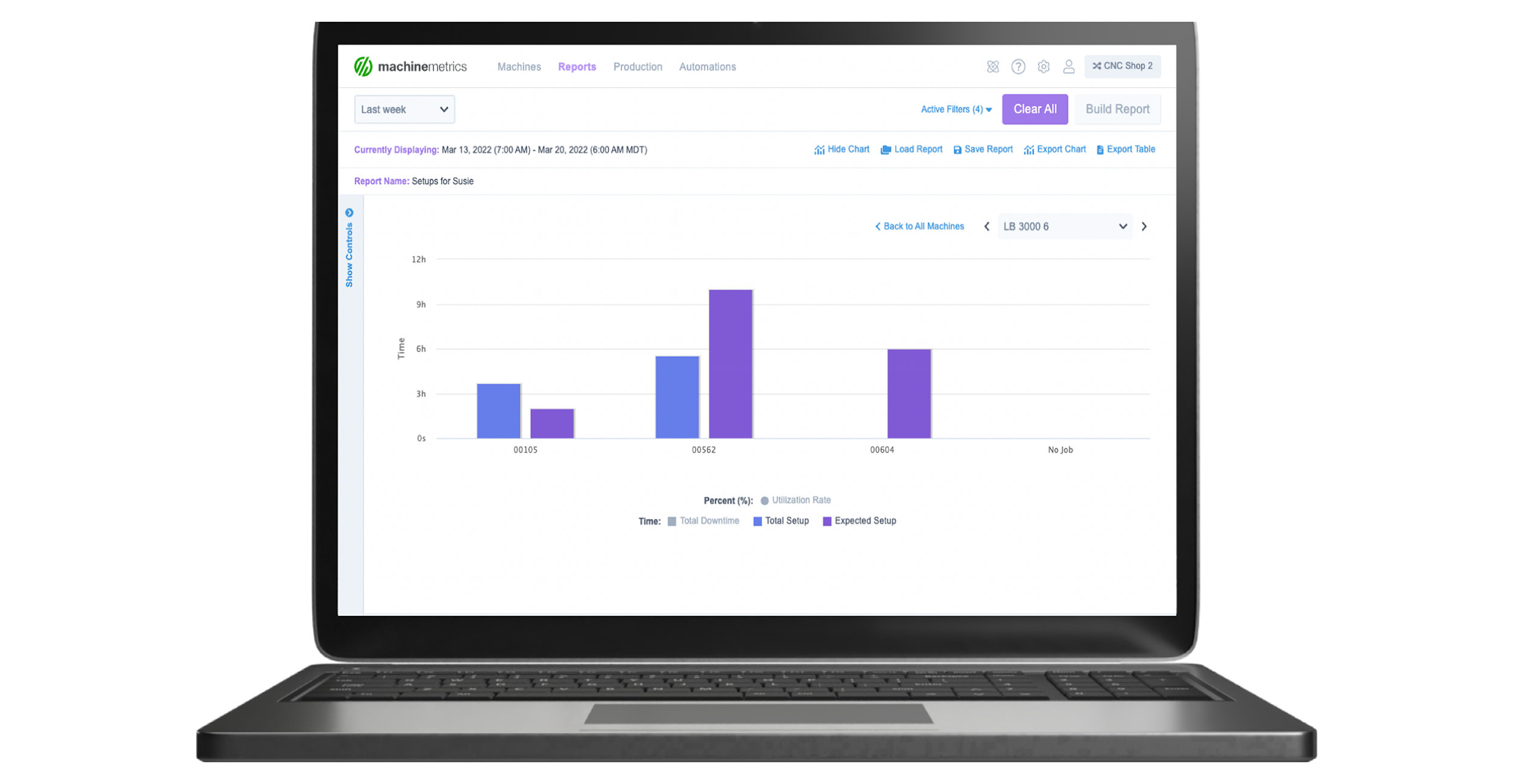
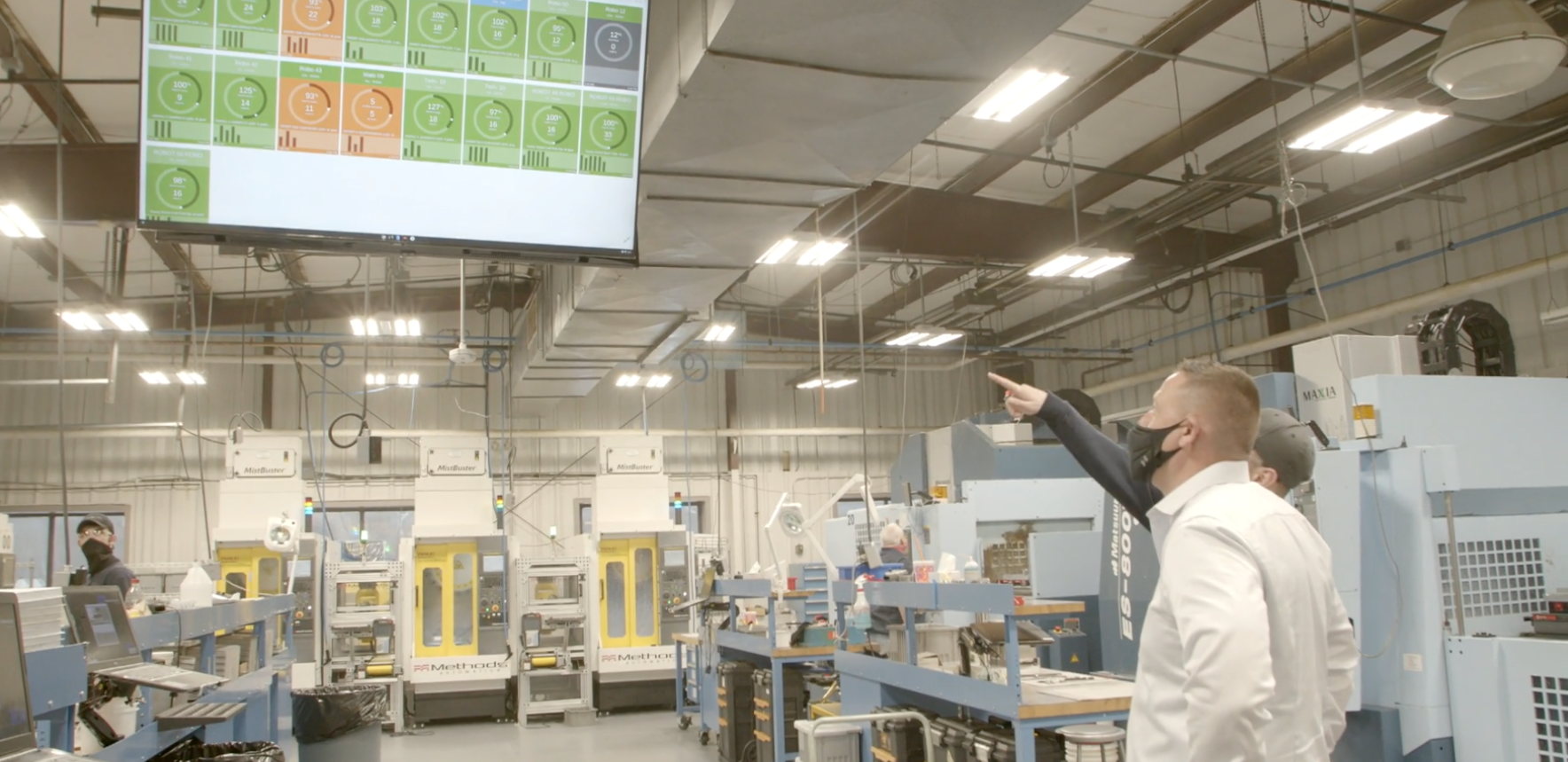
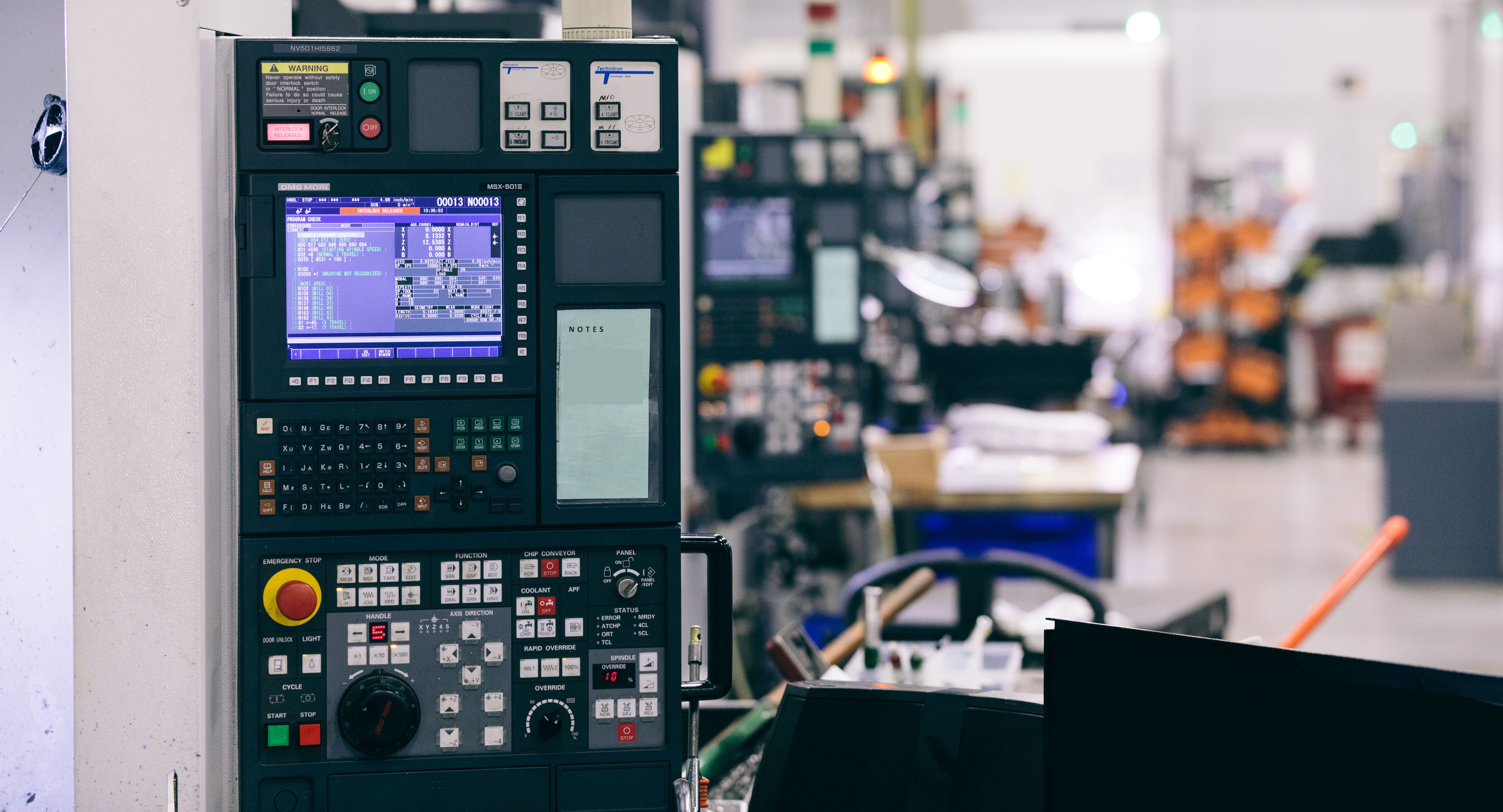
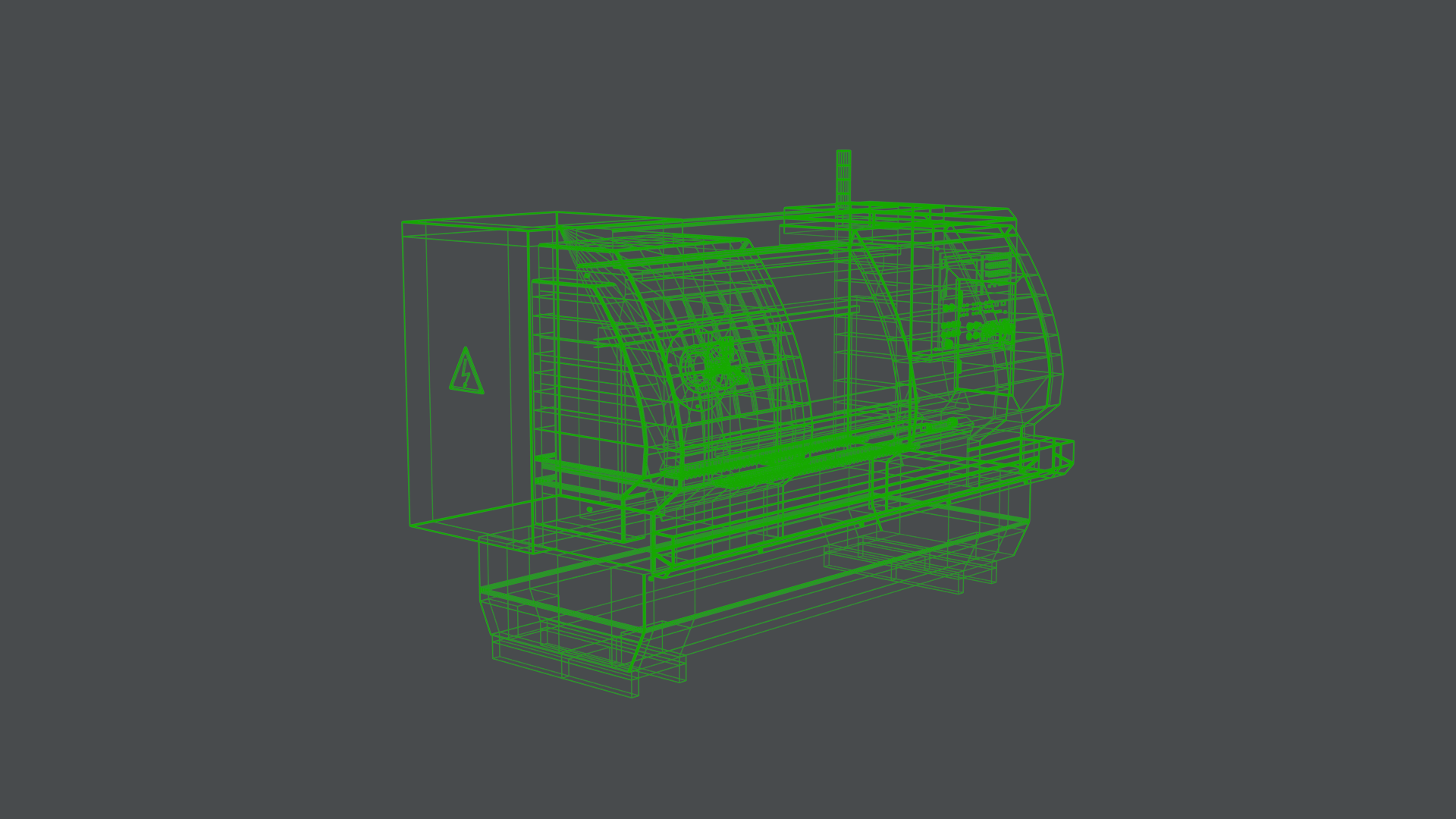
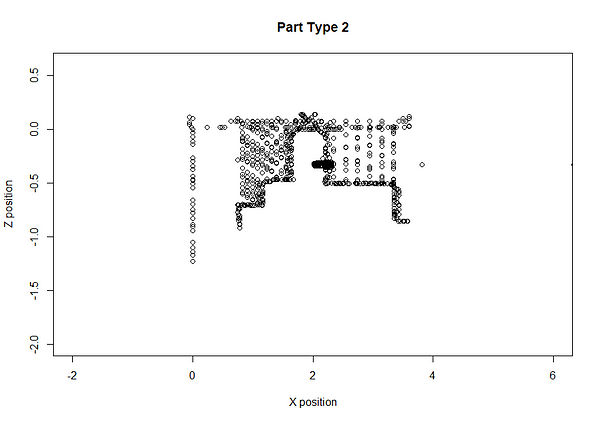

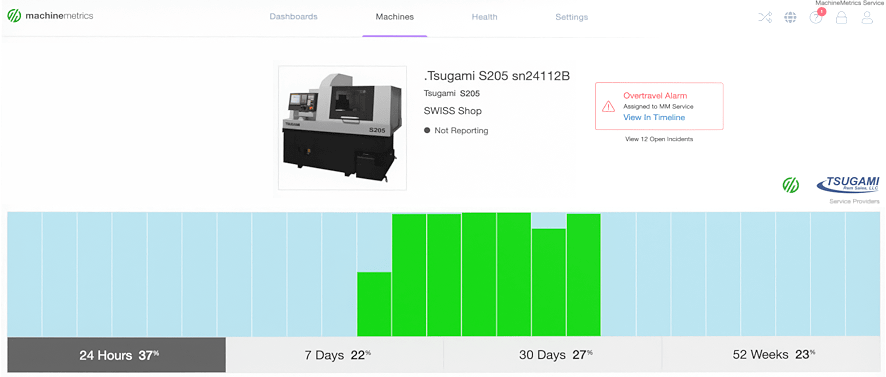
Comments